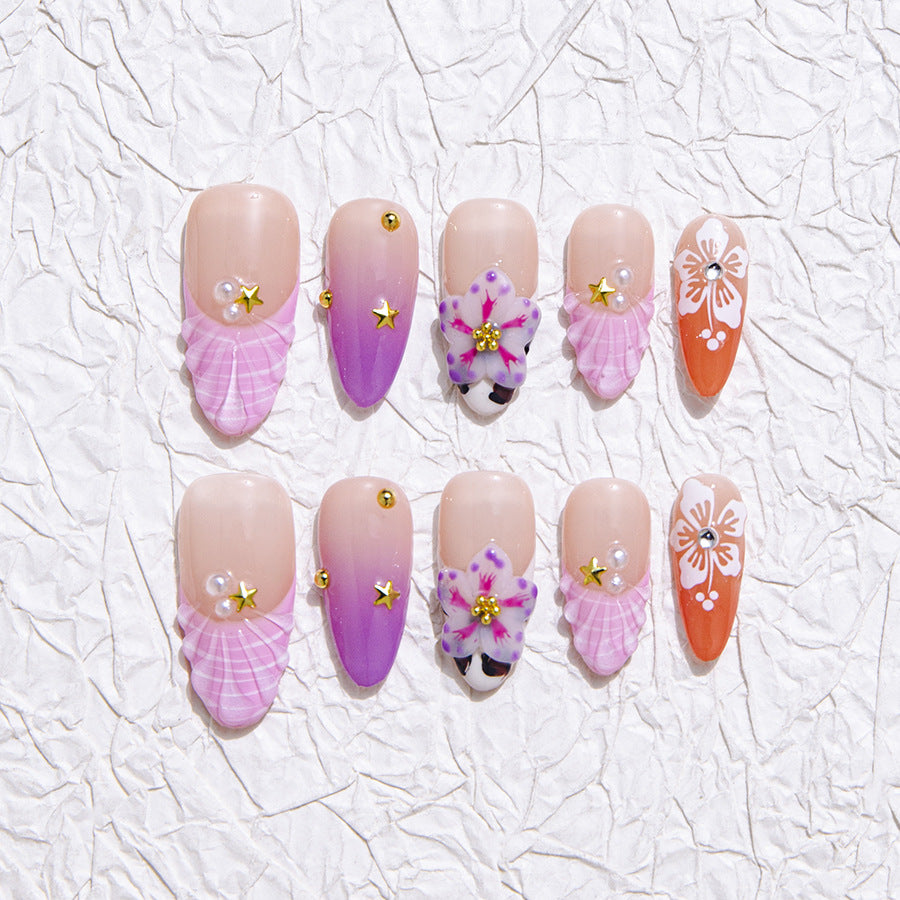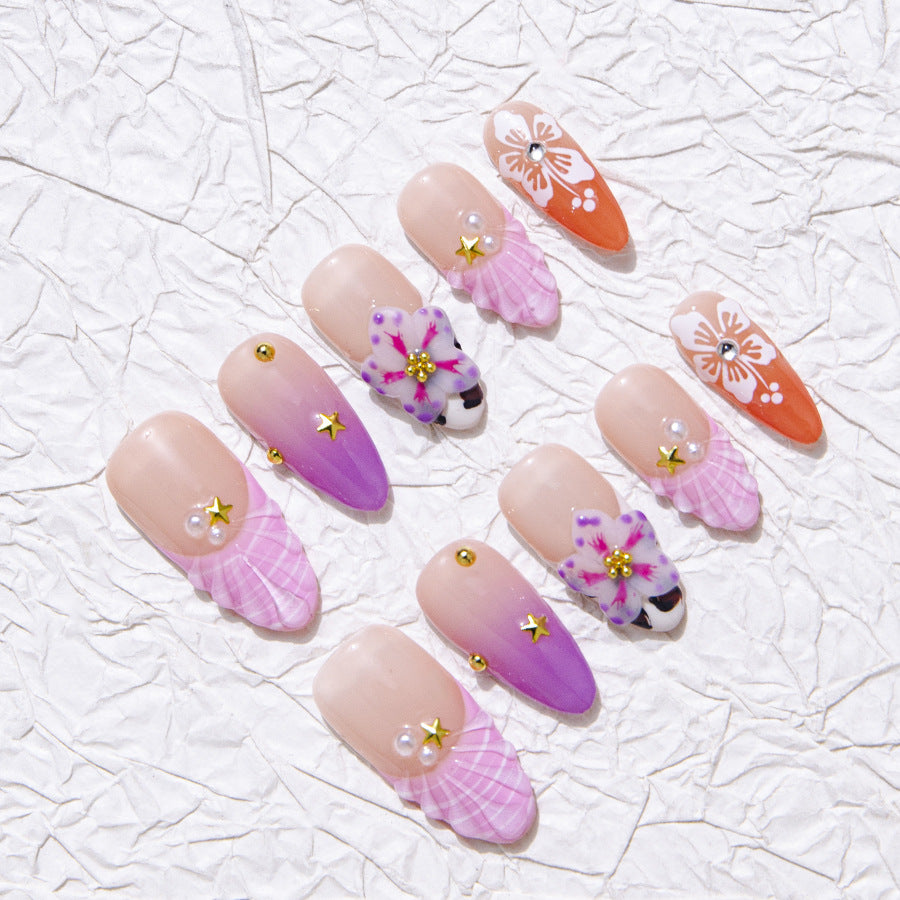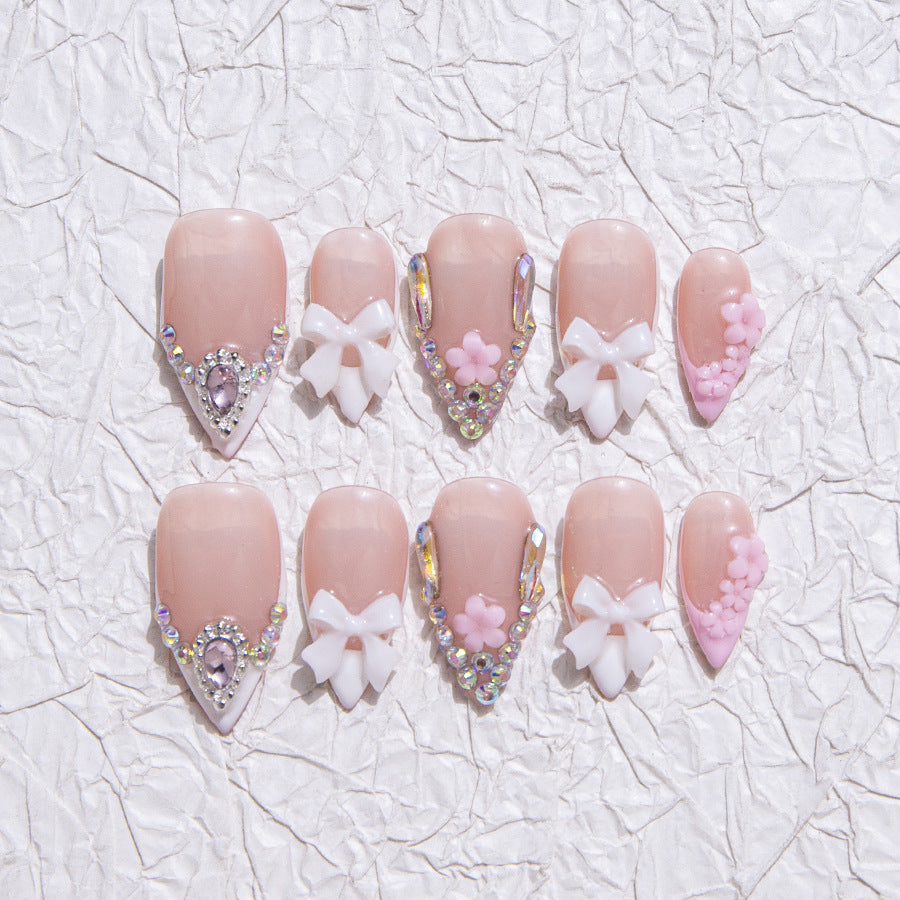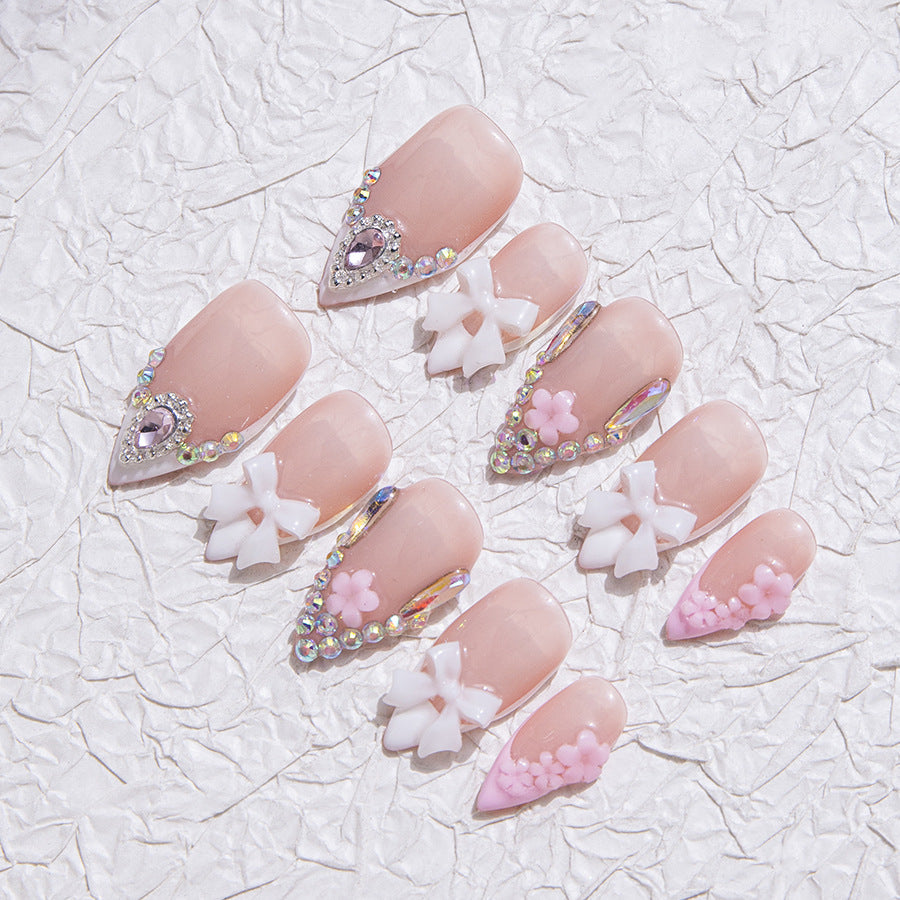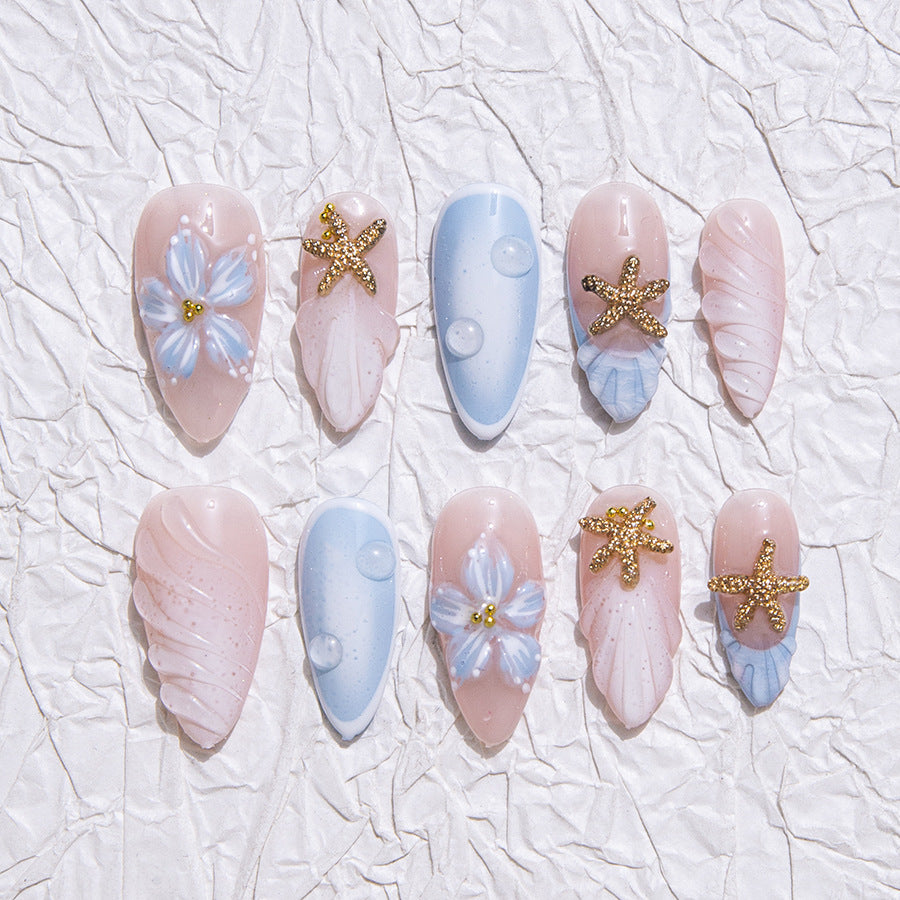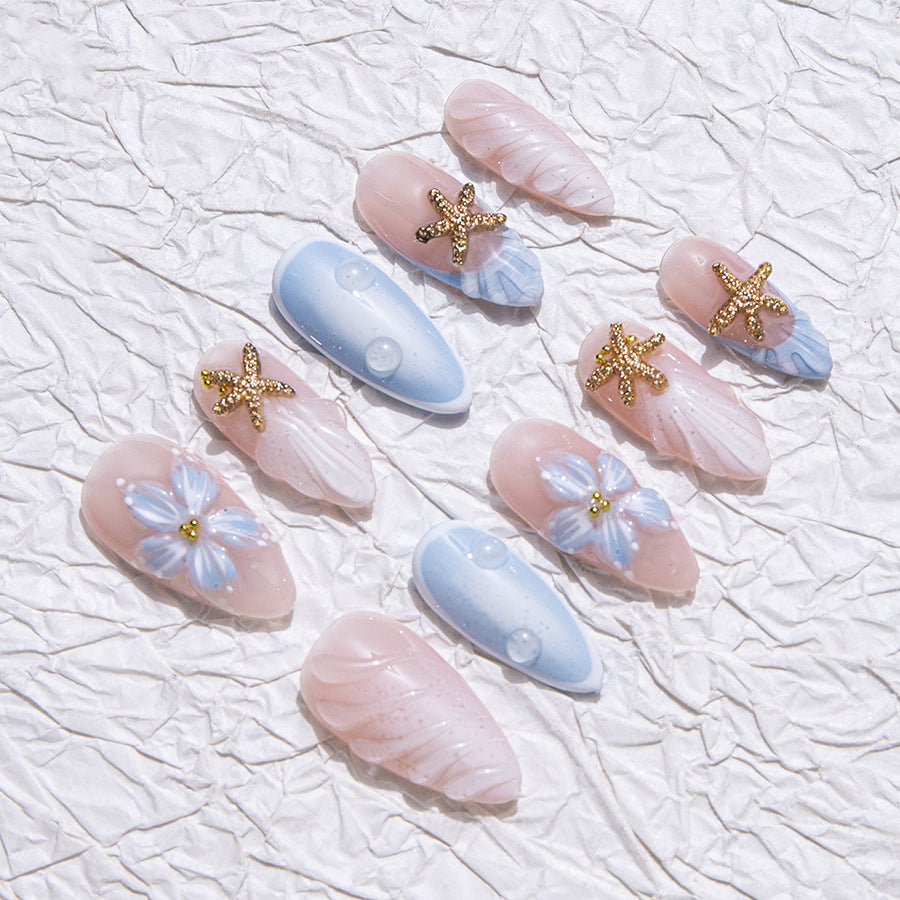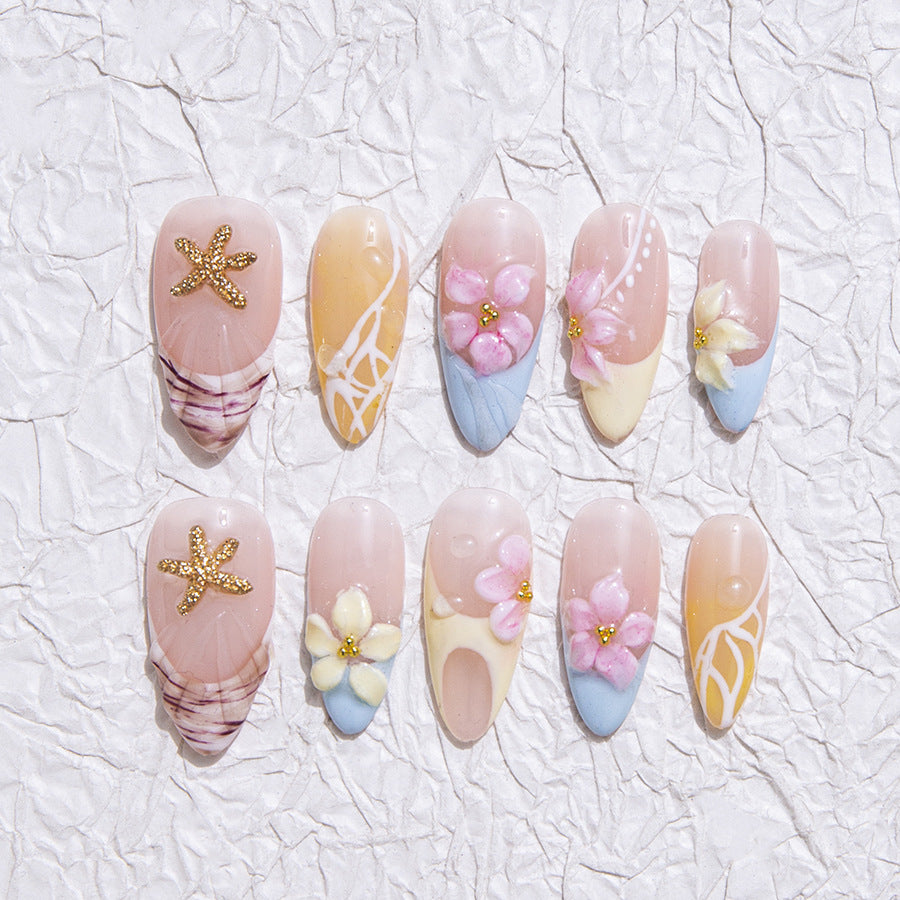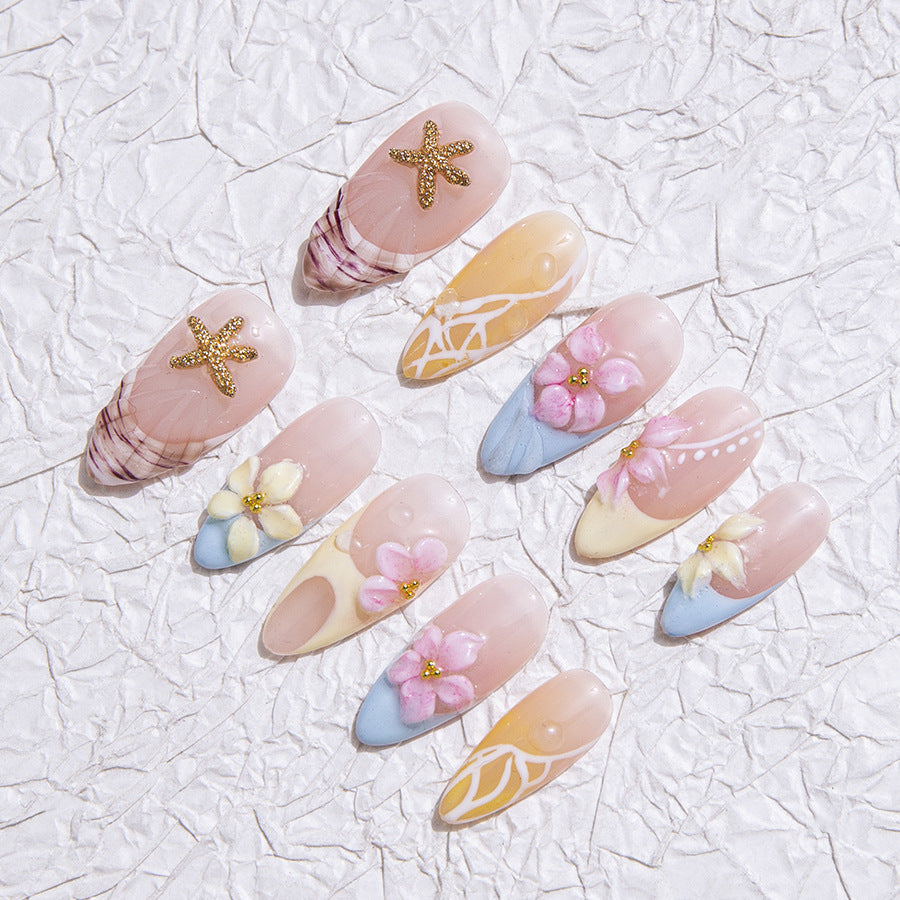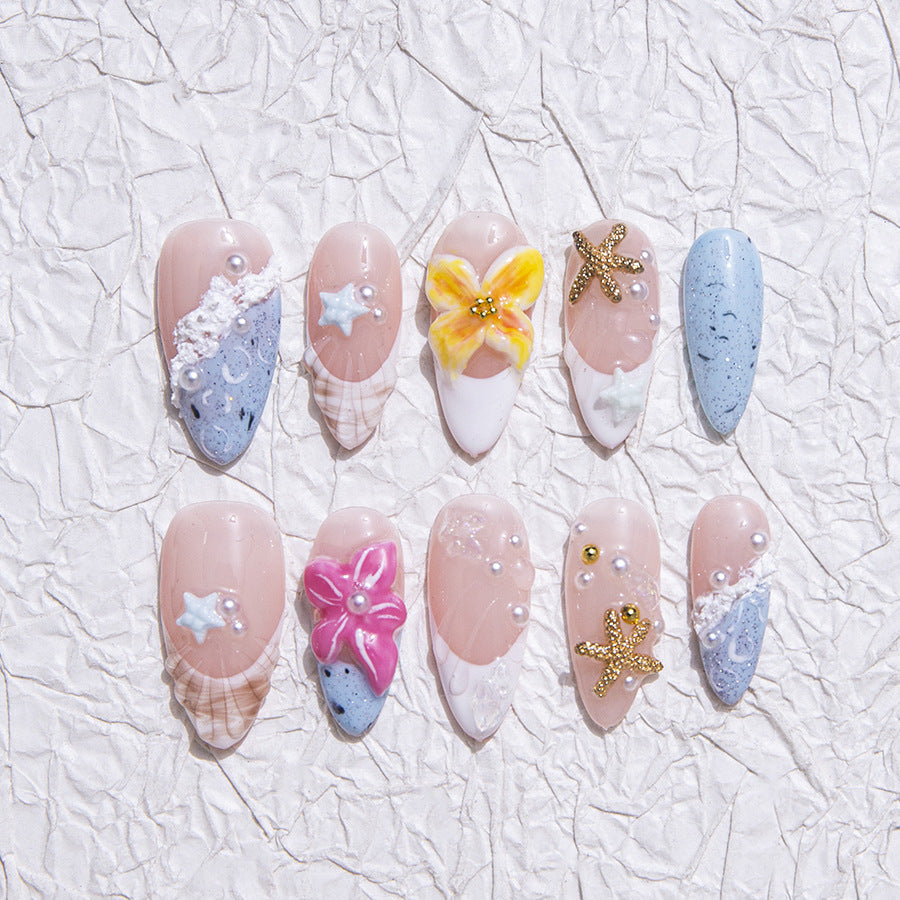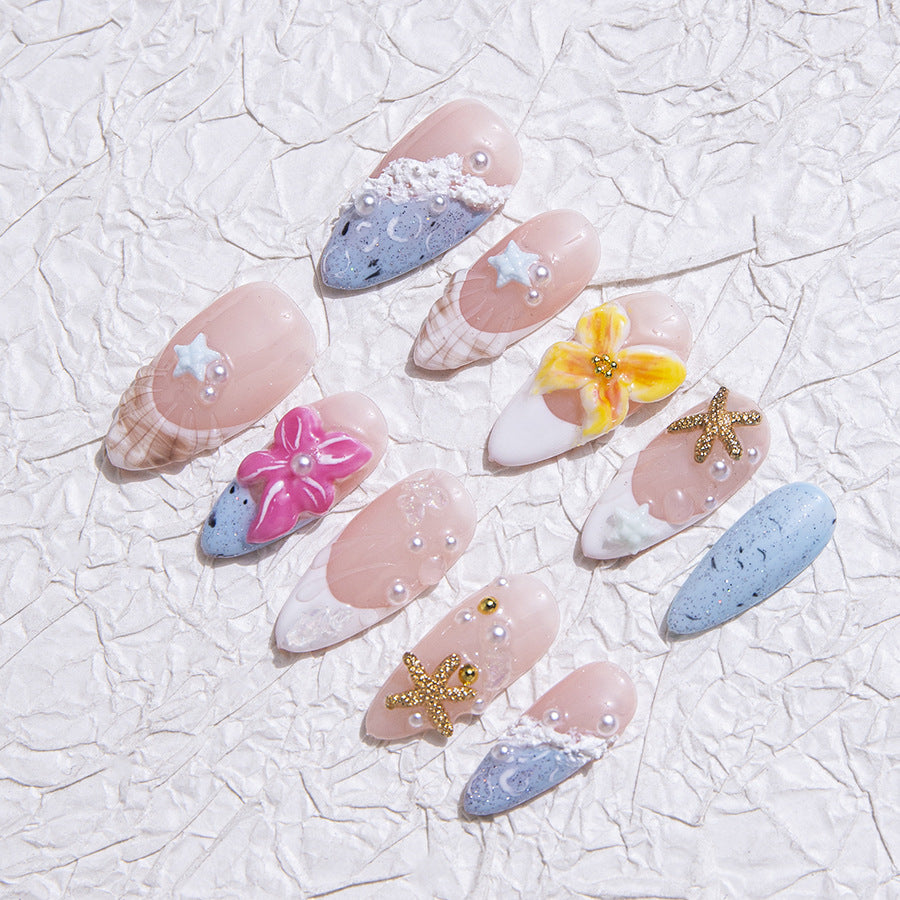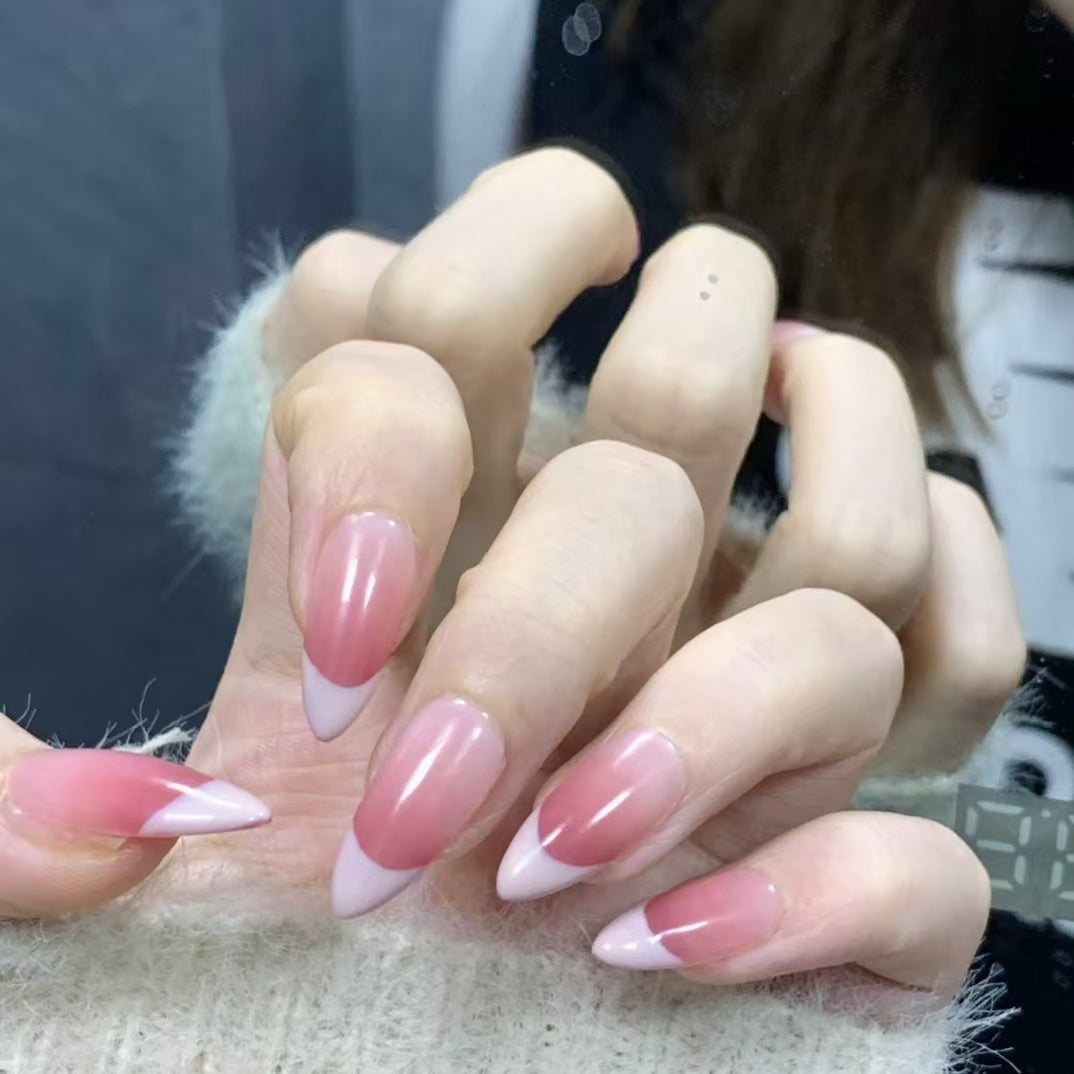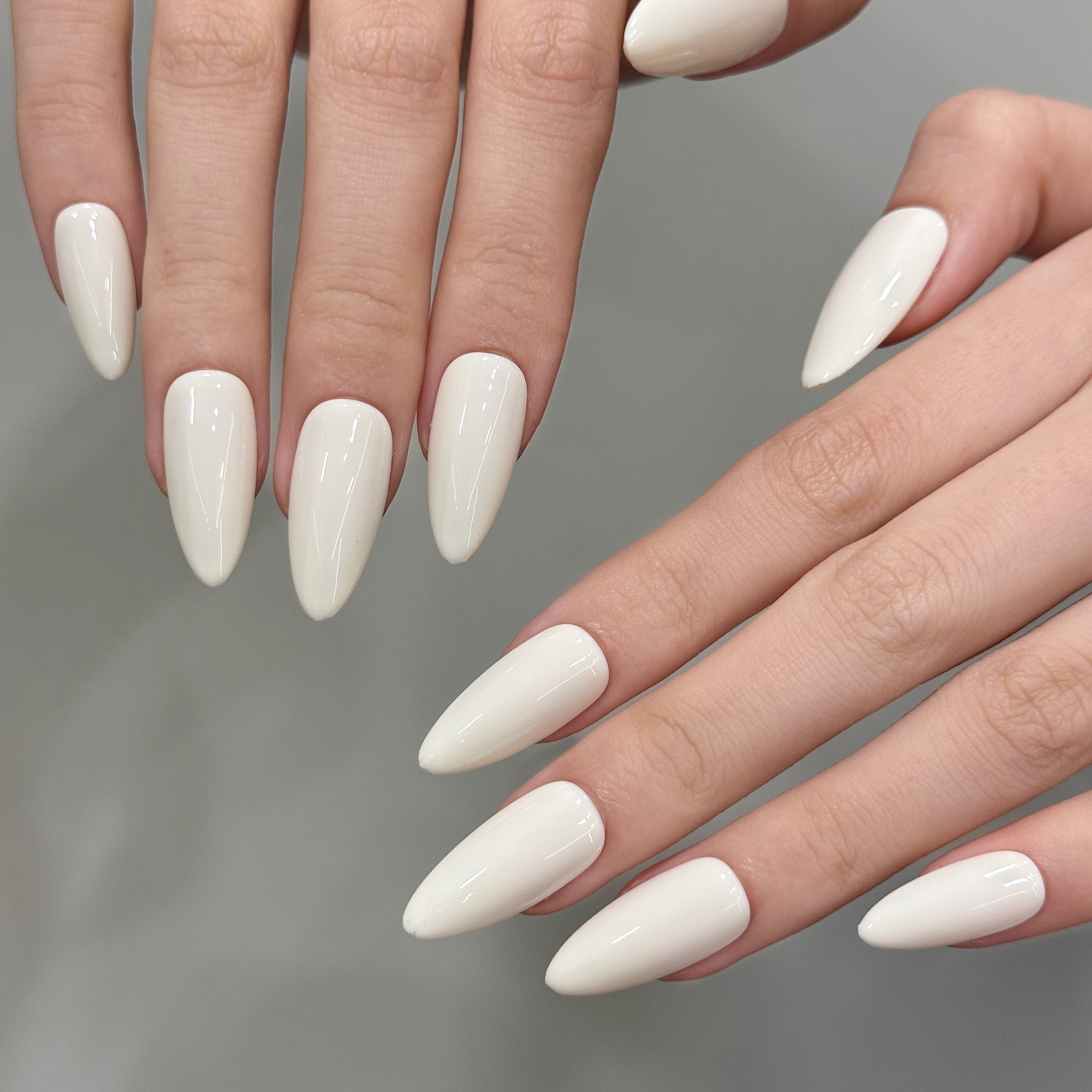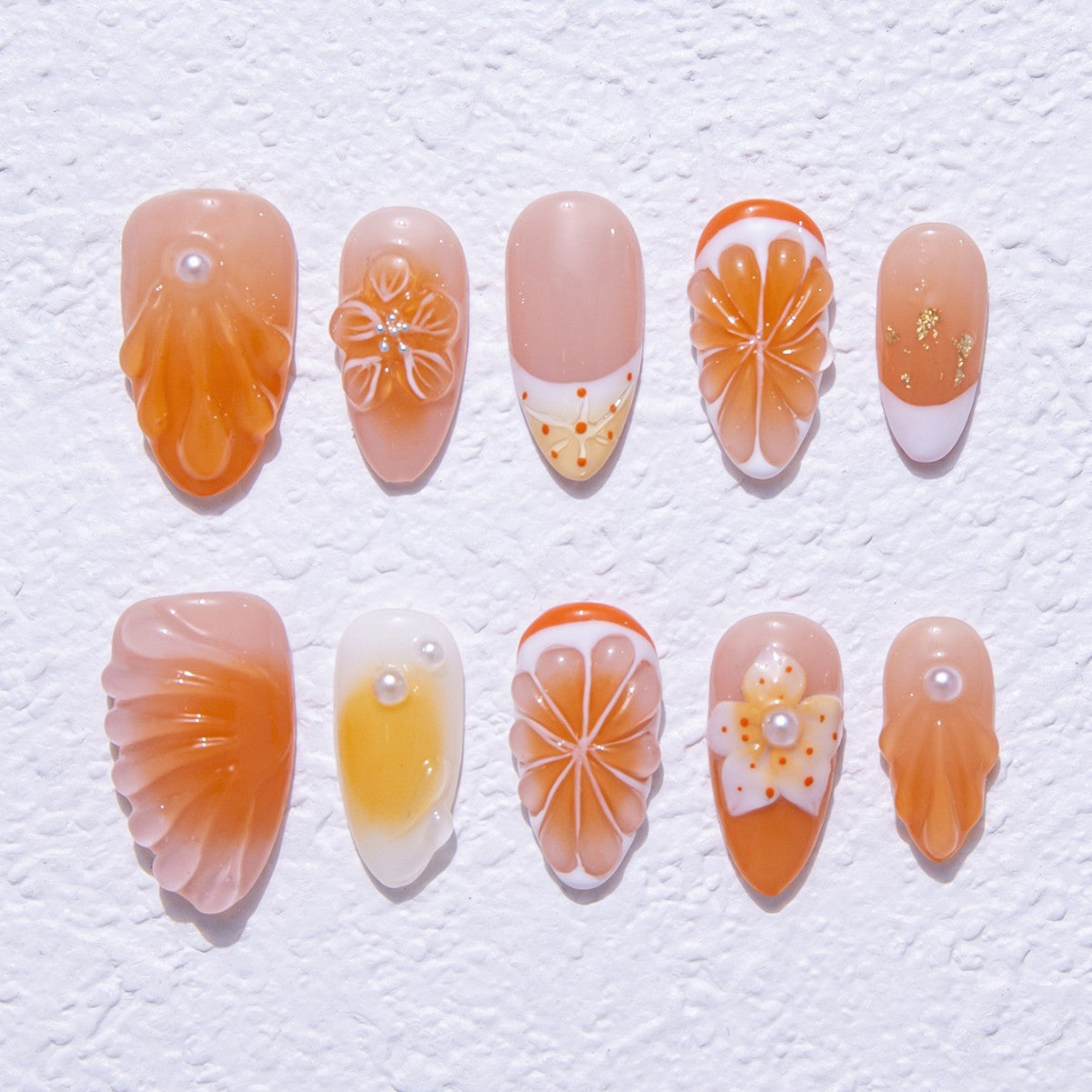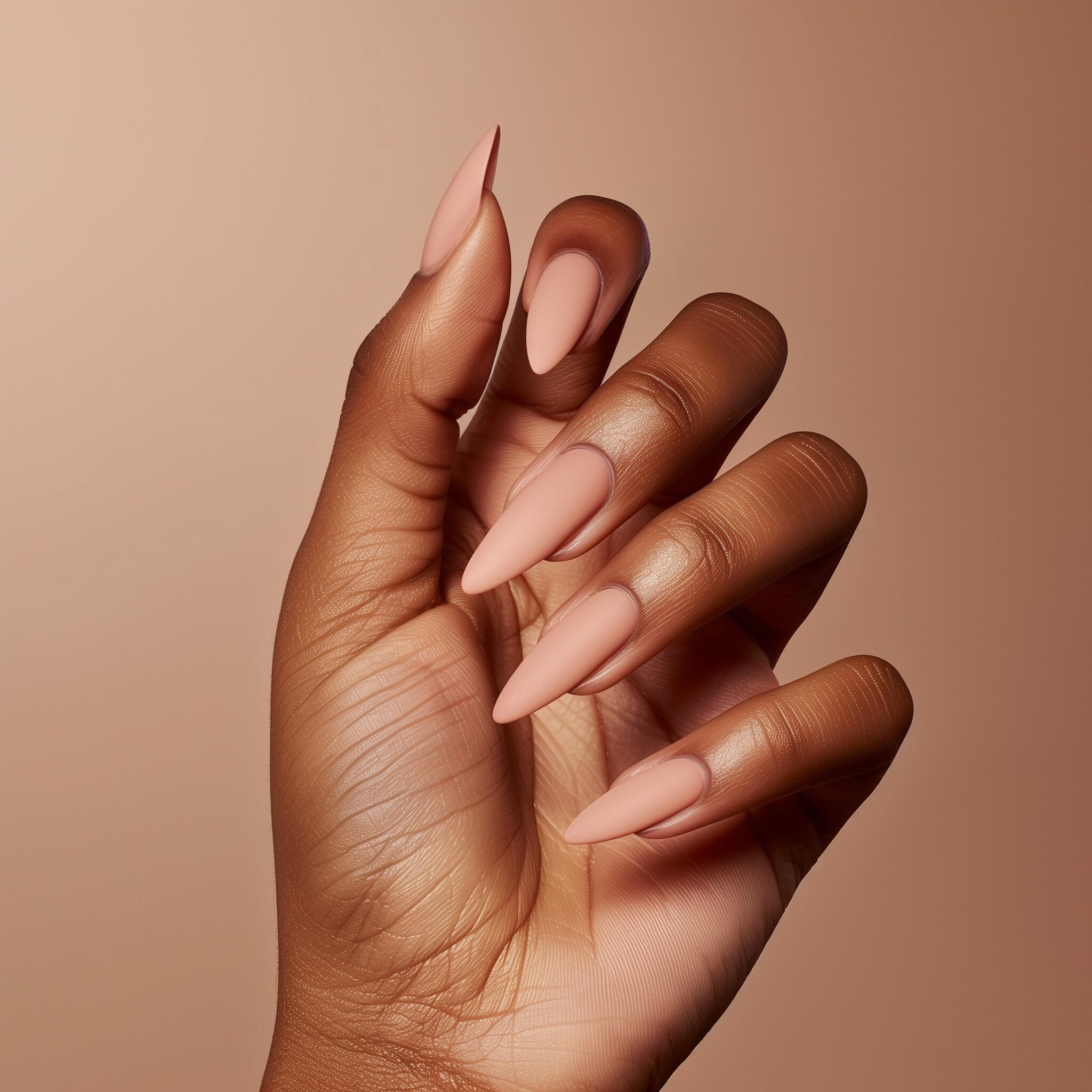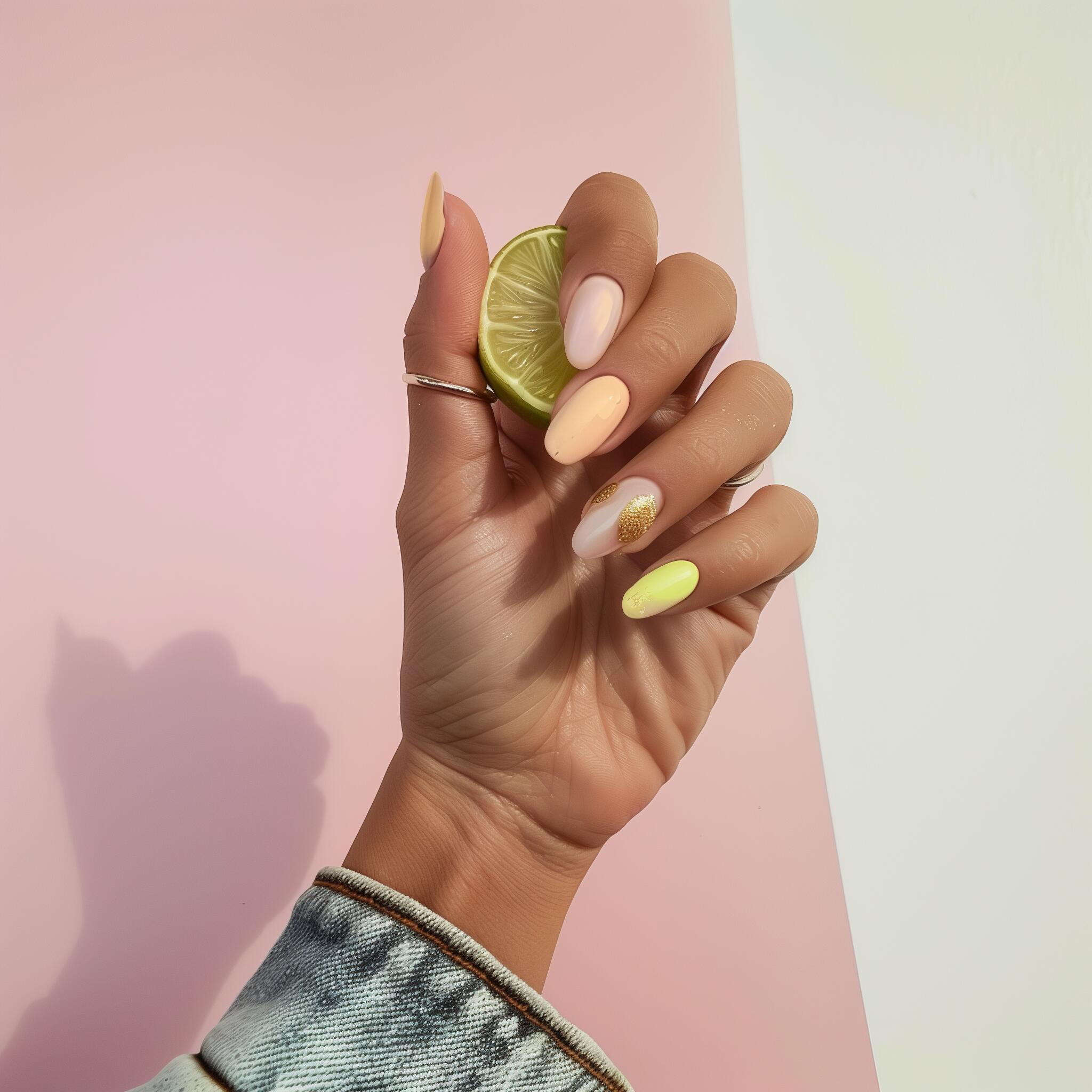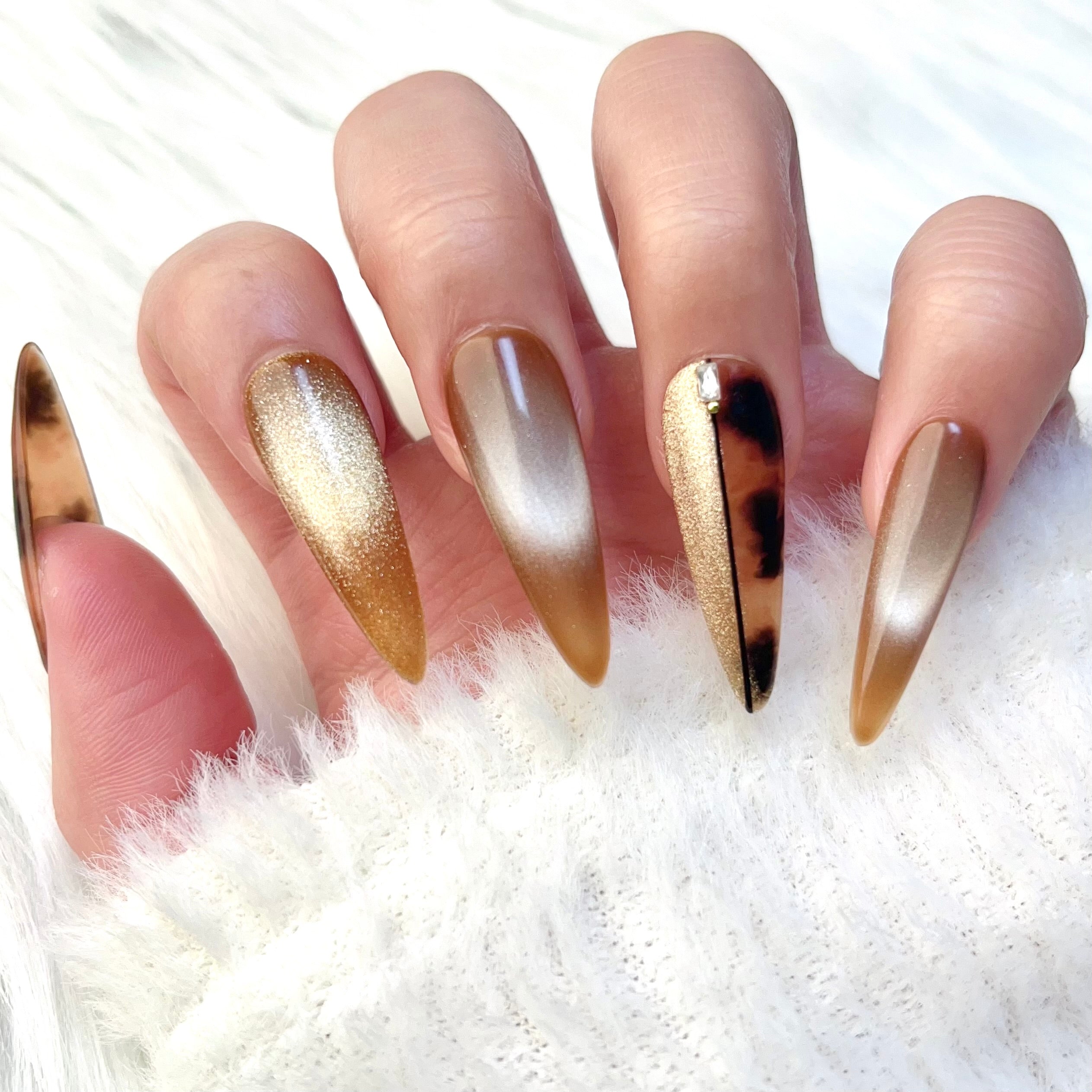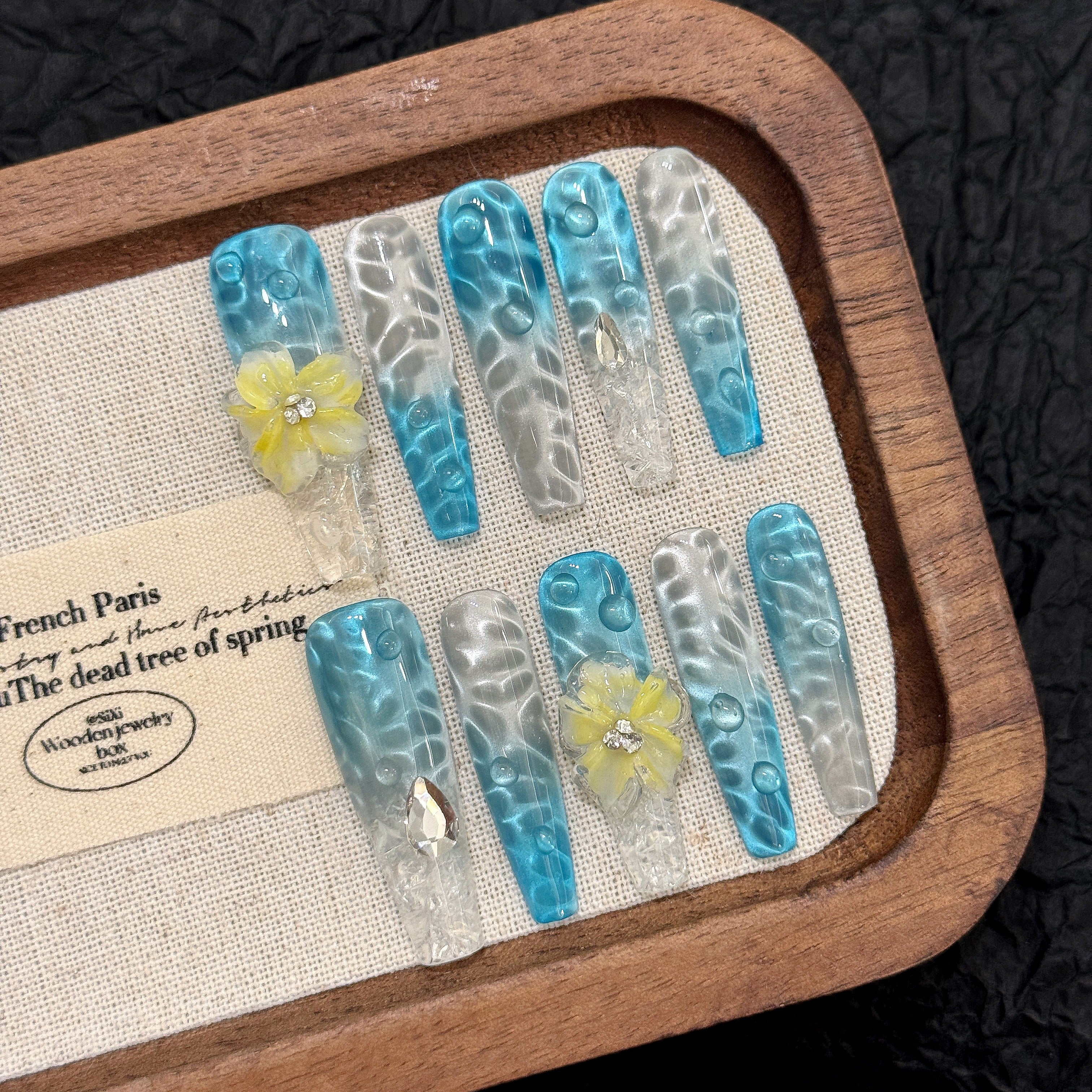
Best Methods to Take Off Acrylic Nails Without Damage
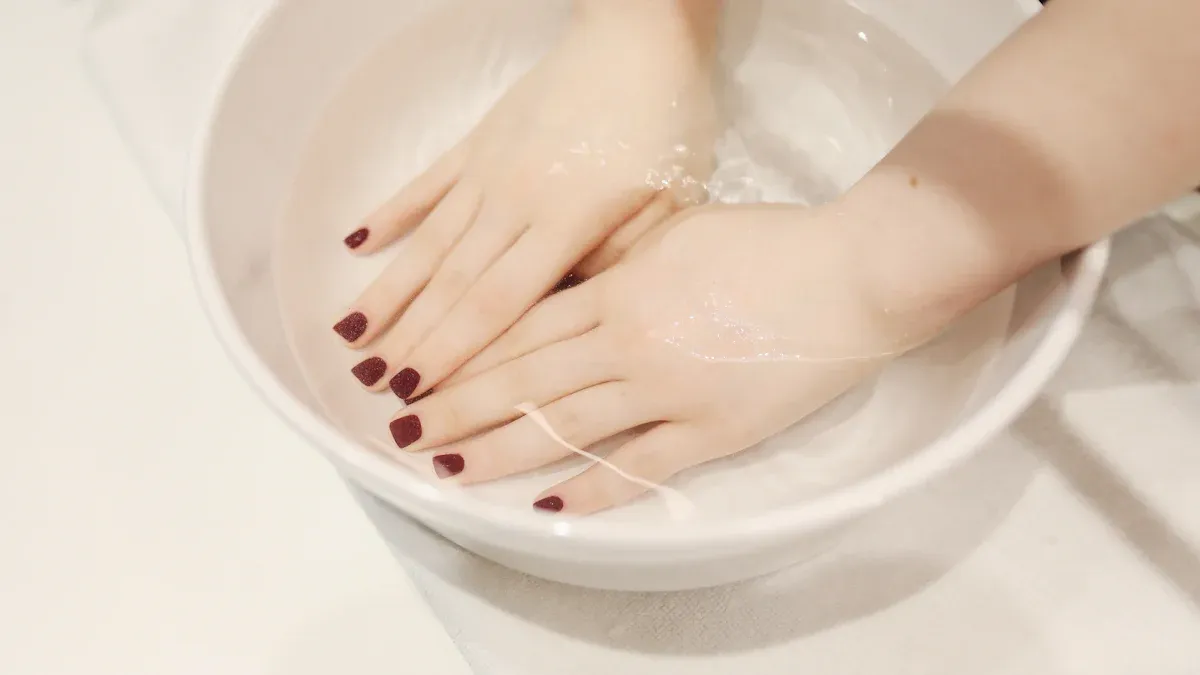
You want to take off acrylic nails at home, but you worry about hurting your real nails. Many people face issues like nail thinning, redness, or even allergic reactions if they rush or use harsh methods.
Experts say you should file down your acrylics and soak them in acetone for about 30 minutes.
- Over-filing or peeling can leave your nails weak and sore.
- Sometimes, using oils like coconut or olive oil helps keep your nails and skin healthy during the process.
Patience and gentle steps will keep your nails strong and looking great.
Key Takeaways
- Cut and file your acrylic nails gently before soaking. This helps the acetone work better. It also keeps your real nails safe.
- Use pure acetone with cotton balls and foil wraps to soak your nails. This makes the acrylic soft and easy to take off.
- Do not peel or pull off acrylic nails. Soak them longer if they do not come off. Use a cuticle pusher to remove the soft acrylic gently.
- Put lotion on your nails and skin after you take off the acrylic. This stops dryness and keeps your nails strong and healthy.
- Let your nails rest between acrylic sets. Use nail strengtheners and wear gloves when doing chores to protect your nails.
Tools Needed
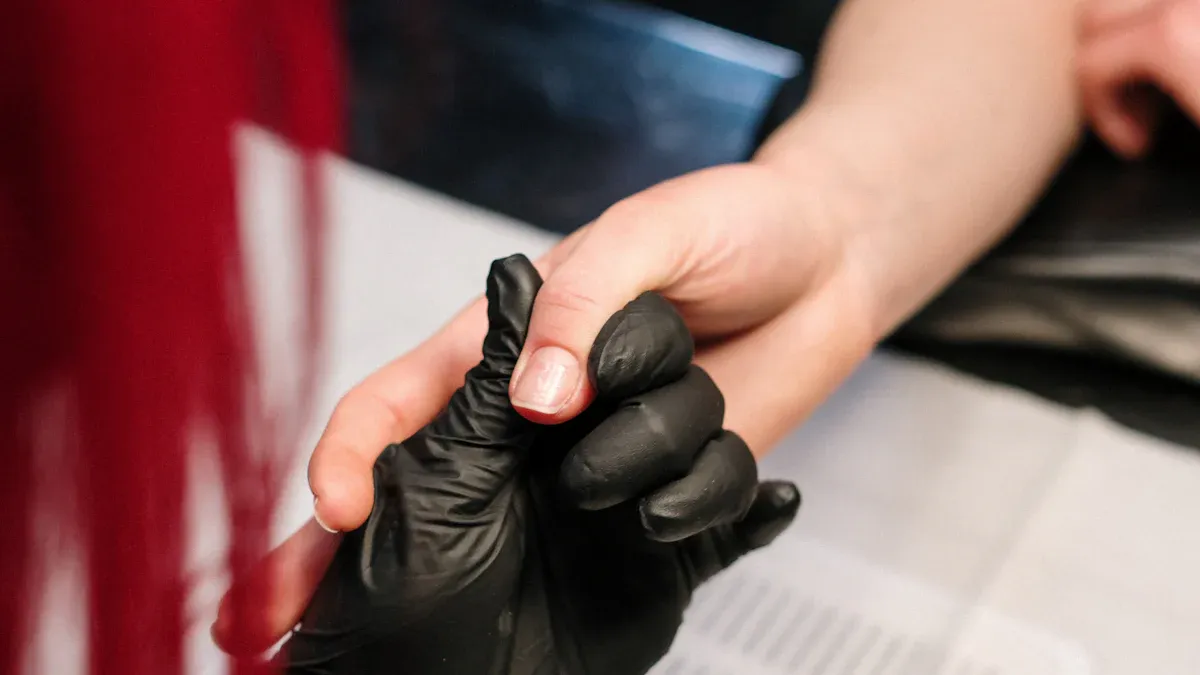
Before you start to take off acrylic nails, gather the right tools. Having everything ready makes the process smoother and safer for your natural nails. Here’s what you’ll need:
Nail Clippers
You use nail clippers to trim your acrylic nails as short as possible. This step helps speed up the removal process. If you don’t have nail clippers, small scissors can work, but be careful not to cut your real nails.
Nail File
A coarse nail file helps you file down the top layer of the acrylic. This lets the acetone soak in better. You can also use an e-file if you have experience, but a regular nail file works for most people.
Acetone
Acetone is the main ingredient that breaks down acrylic nails. Pure acetone works best. Here’s a quick look at why:
| Aspect | Evidence Supporting Role of Pure Acetone in Acrylic Nail Removal and Nail Health |
|---|---|
| Effectiveness | Pure acetone is the strongest polish remover, capable of removing stubborn acrylic nails quickly, saving time. |
| Nail Health Benefit | Faster removal reduces the need for excessive rubbing, which can damage nails. |
| Negative Effects | Frequent use causes drying and dehydration of nails and cuticles, leading to brittleness and weakening. |
| Usage Recommendation | Should be used sparingly to balance efficient removal with minimizing adverse effects on nail health. |
If you don’t have acetone, you can try other methods, but they may take longer.
Foil and Cotton Balls
Most experts recommend using foil and cotton balls for safe removal. Here’s how they help:
- Soak cotton balls in acetone and place them on your nails.
- Wrap each finger with aluminum foil to hold the cotton in place.
- This keeps the acetone on your nails and protects your skin.
- Wait 10-30 minutes for the acrylic to soften.
- This method works better than soaking your whole hand in acetone.
Cuticle Pusher
A cuticle pusher helps you gently remove the softened acrylic. After soaking, use the pusher to nudge off the acrylic without scraping or forcing. Metal pushers work well, but you can use an orange stick if you want something softer. Always push gently to avoid hurting your real nails.
Moisturizer
After you take off acrylic nails, your nails and skin may feel dry. Use a rich hand cream or cuticle oil to bring back moisture. This step helps prevent your nails from becoming brittle or weak. Giving your nails a break and using a nail strengthener can also help them recover.
How to Take Off Acrylic Nails
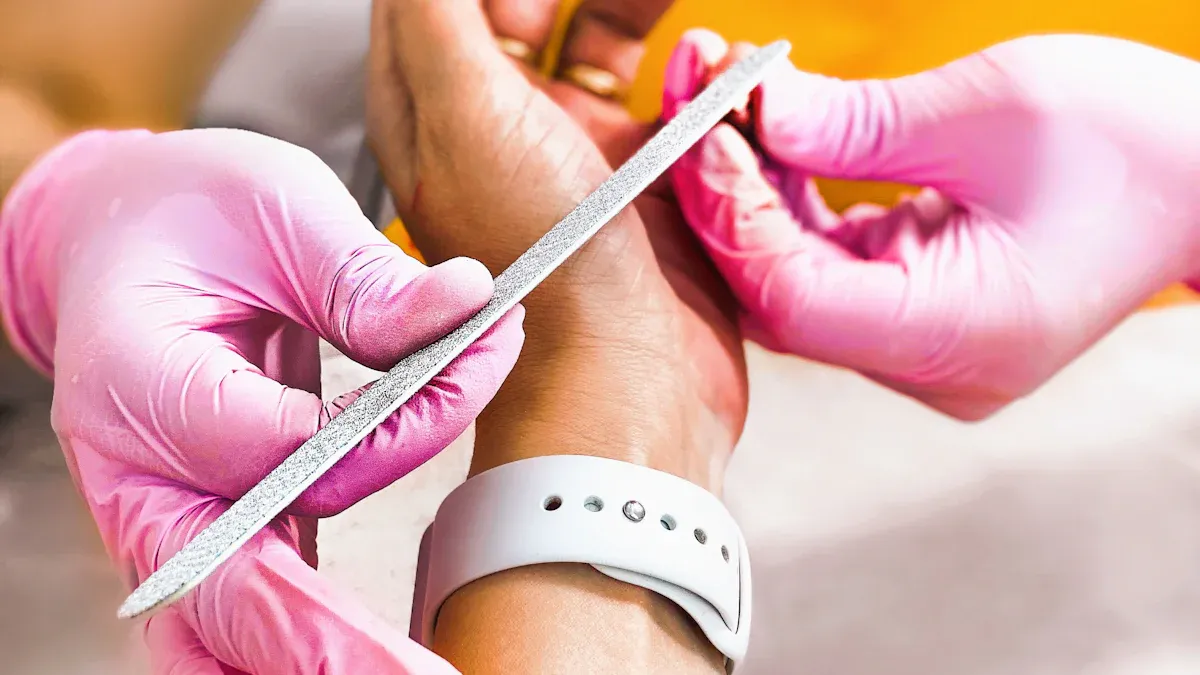
Taking off acrylic nails at home can feel tricky, but you can do it safely if you follow each step. Here’s how you can remove them without hurting your natural nails.
Trim and File
Start by trimming your acrylic nails as short as you can. Use nail clippers for this step. The shorter the acrylic, the easier it is to remove. After trimming, grab a coarse nail file. File down the top shiny layer of each nail. This helps the acetone soak in better and speeds up the process.
Tip: Don’t rush when you file. Move the file gently back and forth. If you file too hard, you might scratch your real nails underneath.
Before you move on, apply a thin layer of Vaseline or cuticle oil around your nails. This protects your skin from the drying effects of acetone.
Soak in Acetone
Now it’s time to soak your nails. You have two main options: you can soak your fingertips in a bowl of acetone, or you can use the foil and cotton ball method. Most people find the foil method less messy.
Here’s a quick guide:
- Soak a cotton ball in pure acetone.
- Place the cotton ball on your nail.
- Wrap your fingertip with a small piece of aluminum foil to hold the cotton in place.
- Repeat for each finger.
Let your nails soak for 20-30 minutes. The time depends on how thick your acrylic is and how strong the glue feels. If you want to make the acetone work faster, you can warm it up. Never heat acetone directly. Instead, fill a bowl with warm water and place your acetone container in it for a few minutes. This makes the acetone more effective.
Here’s a table with expert tips for soaking:
| Parameter | Recommendation / Detail |
|---|---|
| Soaking Duration | 20-30 minutes depending on acrylic thickness and adhesive strength |
| Room Temperature | Perform removal in a comfortably warm room to enhance acetone effectiveness |
| Acetone Warming Method | Warm acetone indirectly by placing container in warm water; never microwave or apply direct heat |
| Periodic Checking | Gently prod acrylic with wooden stick or cuticle pusher to check softness and avoid damage |
| Adhesive Type | Stronger adhesives require longer soaking times |
Note: Check your nails every 10 minutes. If the acrylic feels soft and lifts easily, you’re ready for the next step.
Remove Gently
After soaking, the acrylic should look puffy and start to lift. Use a cuticle pusher or an orange stick to gently nudge the acrylic off your nail. Start at the base and work your way up. If the acrylic doesn’t come off easily, don’t force it. Wrap your nail again and soak for another 5-10 minutes.
Here’s a step-by-step list to help you take off acrylic nails safely:
- Trim and file down the acrylic to reduce thickness.
- Apply Vaseline or cuticle oil to protect your skin.
- Soak cotton balls in acetone and place them on your nails.
- Wrap each finger with foil to keep the cotton in place.
- Wait 20-30 minutes, checking every 10 minutes for softness.
- Use a cuticle pusher to gently slide off the softened acrylic.
- If needed, repeat soaking for stubborn spots.
- Wash your hands and apply cuticle oil or moisturizer.
Alert: Never peel or rip off acrylic nails. This can tear your natural nails and cause pain or damage.
When you finish, your nails might feel a little dry. Wash your hands well and use a rich moisturizer or cuticle oil. This helps your nails recover and keeps them looking healthy.
Alternatives Without Acetone
Sometimes you want to take off acrylic nails, but you do not have acetone at home. No worries! You still have a few options. These methods take more time and patience, but they can work if you follow the steps carefully.
Soapy Water Soak
You can try the soapy water soak. This method uses things you already have in your kitchen or bathroom. Here’s what you do:
- Fill a bowl with warm water. Make sure it feels comfortable to touch.
- Add a few drops of gentle dish soap.
- Soak your fingers in the bowl for at least 30 minutes. You can even soak longer if the acrylic does not feel loose.
- Every 10 minutes, gently wiggle the acrylic nails. Use an orange stick to see if the edges lift up.
- If the acrylic does not come off, keep soaking. Do not pull or force the nails.
Tip: You can add a little olive oil or baby oil to the water. This helps soften the acrylic and keeps your skin from drying out.
Oil and Dish Soap
Another way to take off acrylic nails without acetone uses oil and dish soap. This method is gentle and can help protect your natural nails.
- Mix equal parts of oil (like olive oil or coconut oil) and dish soap in a bowl of warm water.
- Soak your nails for 30 to 40 minutes.
- Try to move the acrylic nails gently. Use a cuticle pusher if the edges start to lift.
- If the acrylic stays stuck, soak your nails longer.
| Method | Time Needed | Effectiveness | Skin Friendliness |
|---|---|---|---|
| Soapy Water Soak | 30-60 min | Low | High |
| Oil & Dish Soap | 30-45 min | Low | High |
These methods work slowly. You may need to repeat the process a few times. Always be gentle and patient. If the acrylic does not come off after a few tries, you might want to visit a nail salon for help.
Aftercare Tips
Moisturize Nails
Your nails and skin can feel dry after you take off acrylic nails. Moisturizing helps bring back softness and keeps your nails flexible. Dr. Kassouf from the Cleveland Clinic says you should moisturize your nails and the skin around them every day. This simple step helps prevent cracking and keeps your nails looking healthy.
You can use hand cream, cuticle oil, or even a little coconut oil. Massage it into your nails and cuticles. This boosts blood flow and helps your nails grow stronger. If your nails feel extra dry, try applying moisturizer before bed and wear cotton gloves overnight.
Tip: Keep a small tube of hand cream in your bag or at your desk. Use it after washing your hands to lock in moisture.
Strengthen and Protect
Your nails need time to recover after you remove acrylics. You can help them get stronger and stay healthy by following these steps:
- Always take off acrylic nails gently. Use acetone soaks and foil wraps. Never pick or rip them off.
- Give your nails a break. Wait a few weeks before your next set of acrylics.
- Try a nail strengthener. Products like the Dr. Dana Nail Renewal System can help restore your nails.
- Apply cuticle oil every day. This keeps your nails hydrated and helps them grow.
- Wear gloves when you clean or wash dishes. This protects your nails from harsh chemicals and water.
- If you want nail extensions again, try gentler options like Gel-X.
- Visit a nail professional for special treatments if your nails feel weak or damaged.
- Ask a dermatologist to check your nails if you notice anything strange, like spots or pain.
You can also shape and buff your nails gently. This smooths out rough edges and helps your nails look neat. Let your nails rest before your next manicure. Healthy nails need time to breathe and recover.
You now know the best ways to take off acrylic nails at home without hurting your real nails. Always go slow and use gentle steps. Moisturize your nails after you finish. If you feel unsure or your nails look damaged, visit a nail salon for help. Your nail health matters most, so treat your hands with care every time.
FAQ
How long should you wait before getting new acrylic nails?
You should give your nails a break for at least one to two weeks. This rest helps your natural nails recover and stay strong. Use this time to moisturize and care for your nails.
Can you reuse the foil and cotton balls for another removal?
No, you should not reuse them. Used foil and cotton balls may have leftover acrylic and acetone. Always use fresh supplies for each removal to keep things clean and safe.
What if your acrylic nails will not come off?
If the acrylic will not budge, soak your nails again for 10 more minutes. Never force or peel them. If they still stick, visit a nail salon for help.
Will acetone damage your natural nails?
Acetone can dry out your nails and skin. You can protect your nails by using moisturizer and cuticle oil after removal. Try not to use acetone too often.
Can you remove acrylic nails without any special tools?
You can try, but it is much harder. Tools like a nail file, cuticle pusher, and acetone make the process safer and easier. Without them, you risk hurting your nails.
